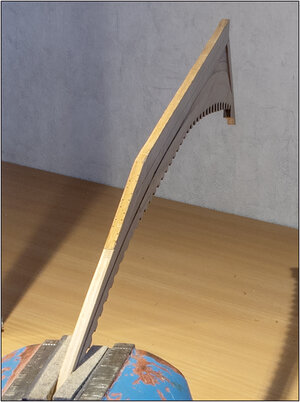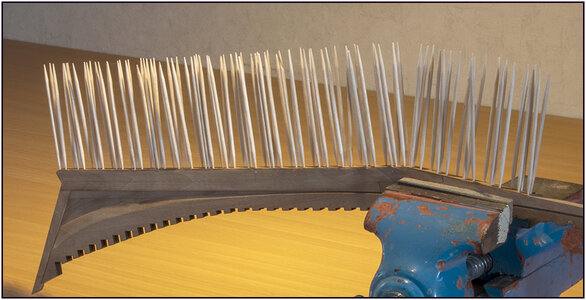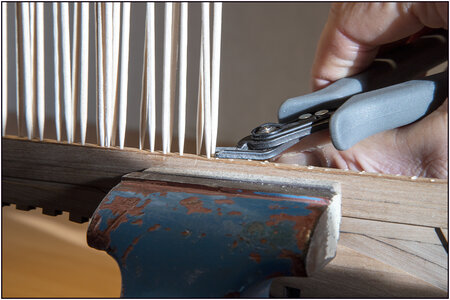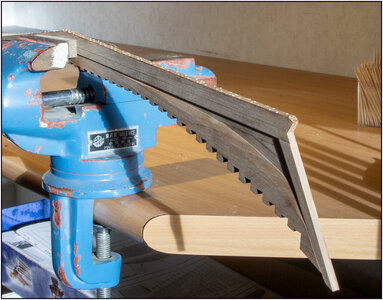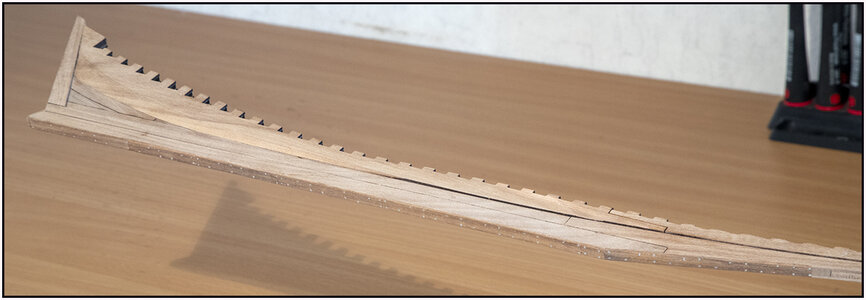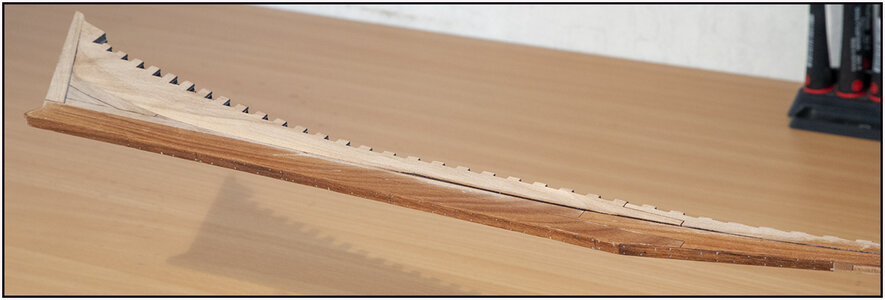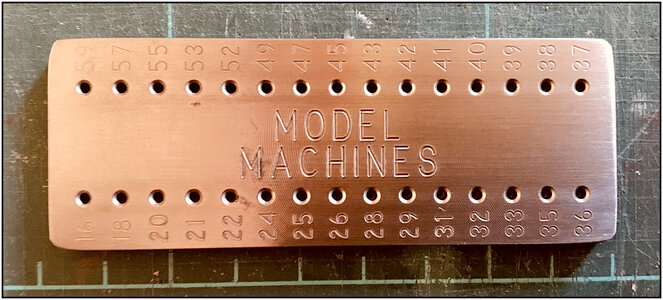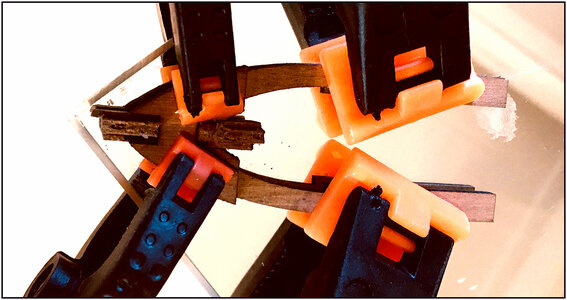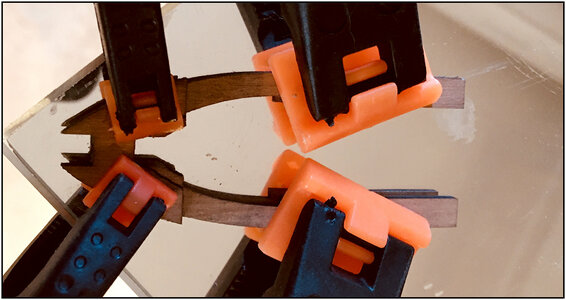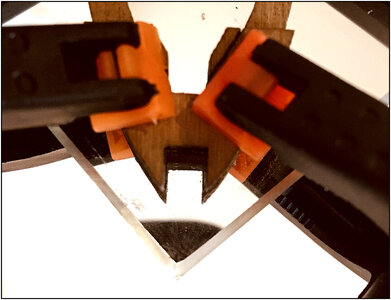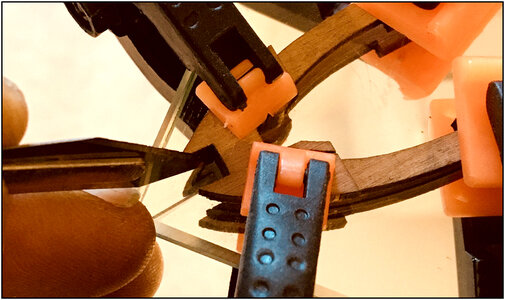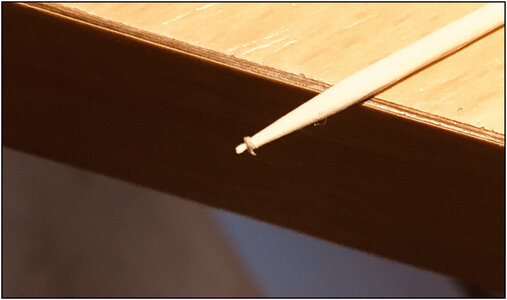Hi Rich,It is interesting to me to see how different readers and looks at the Saga Bluenose (II) book and illustrations are being selected and used in the build(s). I would have liked to be able to see the full size boards that the drawings were executed upon; about 40 x 48 inches from what I read separately. The microscopic hand written text and notes make finding information an archeological search project in themselves but diamonds come in small pieces, often hidden inside the outer rough surround. I see some very careful and precise work coming forth from the shipyards !!! Rich
You are correct, the handwriting is tiny and the information is often hidden. But after the first 2 or 3 overviews and than a detaild reading, you found every time mote interesting details. It still gives me some more ideas to work out on the comming parts to build.
Regards, Peter


